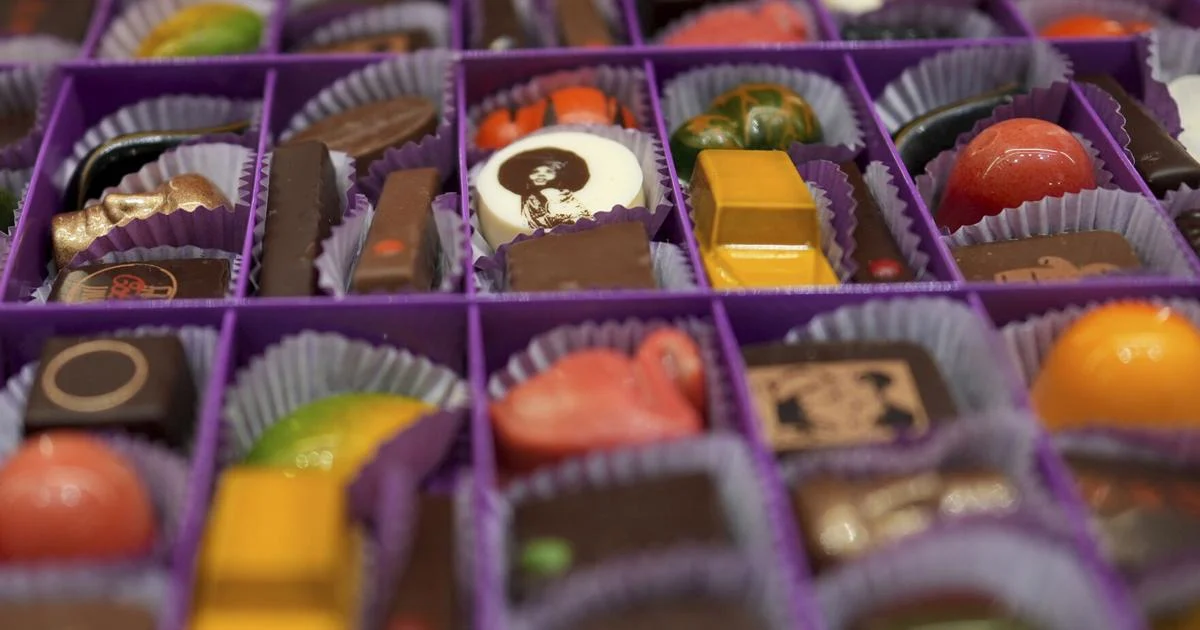
Aisha Sultan | Post-Dispatch
Columnist and features writer
Get email notifications on {{subject}} daily!
Your notification has been saved.
There was a problem saving your notification.
{{description}}
Email notifications are only sent once a day, and only if there are new matching items.
Followed notifications
Please log in to use this feature
Log In
Don’t have an account? Sign Up Today
There are some things you may not want to know about your body.
For me, high on that list was seeing firsthand, in real time, how the food I eat affects my blood sugar. I have a sweet tooth and a deep appreciation for carbs. This may be why my doctor has warned me for the past few years that I’m teetering on the border of “prediabetic.”
For years, the medical community has been shifting the standard of what qualifies as prediabetic, widening the net of people who fall in that range. If your fasting blood sugar is between 100 to 125 mg/dL, and your A1c — which indicates the average amount of glucose attached to hemoglobin in your red blood cells over the past two to three months — is 5.7%–6.4%, welcome to the prediabetic club. There are 98 million American adults here, about 1 in 3 adults.
Critics say the shifting standards have led to overdiagnosis. But doctors like mine argue that the standards can help people make earlier lifestyle changes to prevent Type 2 diabetes, which has been increasing among Americans for the past few decades.
I want to avoid diabetes. Even though I exercise regularly and maintain a healthy weight, I have a family history of diabetes that puts me at higher risk for it. Plus, there’s my chocolate habit.
As we age, our bodies can become less efficient at responding to the insulin our pancreas makes to break down the sugar in food. I was commiserating with a friend recently about how middle age forces us to reform eating habits we took for granted in our youth. She said she was going to try using a continuous glucose monitor to get more detailed information about how her body handles certain foods. I decided to join her, even though I had some reservations about whether I really wanted to know this information.
We each ordered the Stelo device from Amazon, which costs about $100 for two monitors. The monitors are to be worn consecutively for two weeks each.
The monitor is a circular disk with a thin wire, which I inserted on the back of my upper arm. It didn’t hurt, but it felt a little odd. I downloaded an app that synced with the monitor to give live readings of my blood sugar. The app also gave me a goal range to stay within, and an alert when I had a glucose spike.
The first day, I was extremely careful about my food choices. I congratulated myself on staying within range the entire day. The next day, I was writing on deadline and reached for my typical crunchy snack to power my work.
Shortly thereafter, my phone started buzzing. The five potato chips I had eaten caused a glucose spike, according to the monitor. Five chips!
The next two weeks brought several unwelcome discoveries like this. I ate the tiny bag of snacks the airlines give you on a flight — ding! Blood sugar out of range. I had a few sips of a fruity mocktail at a happy hour — ding! A few hors d’oeuvres at a reception — ding!
My friend and I messaged frequently about how stressful eating had become. That was a problem in itself, because research shows that stress can raise cortisol levels, which also increases blood glucose levels.
But I also began noticing some helpful patterns: Taking a 10- to 15-minute walk about 20 minutes after eating a meal brought my glucose level down considerably. Eating a salad or protein before eating something sugary blunted the glucose spike. Carrying a small bag of almonds and walnuts in my purse helped me avoid making a poor food choice if I got hungry in between meals. Eating a protein-rich breakfast (an egg, turkey bacon and cottage cheese) helped me stay fuller longer. Adding a fiber supplement to my diet also helped cut down on cravings.
My friend and I both decided to take a break before using our second monitors. Honestly, it felt like freedom: I wasn’t constantly looking at an app on my phone to monitor my blood sugar. I ate a slice of cake on my wedding anniversary without any guilt or remorse.
My friend and I did eventually use our second monitors, which reinforced the findings of the first ones. I had my annual checkup soon after this experiment. My doctor was pleased to see that my A1c was under that prediabetic range. She gave me a sample of another type of monitor to use to continue to track my progress.
So far, it’s been sitting on my dresser, staring at me with judgment.
Be the first to know
Get local news delivered to your inbox!
* I understand and agree that registration on or use of this site constitutes agreement to its user agreement and privacy policy.
Aisha Sultan | Post-Dispatch
Columnist and features writer
Get email notifications on {{subject}} daily!
Your notification has been saved.
There was a problem saving your notification.
{{description}}
Email notifications are only sent once a day, and only if there are new matching items.
Followed notifications
Please log in to use this feature
Log In
Don’t have an account? Sign Up Today



